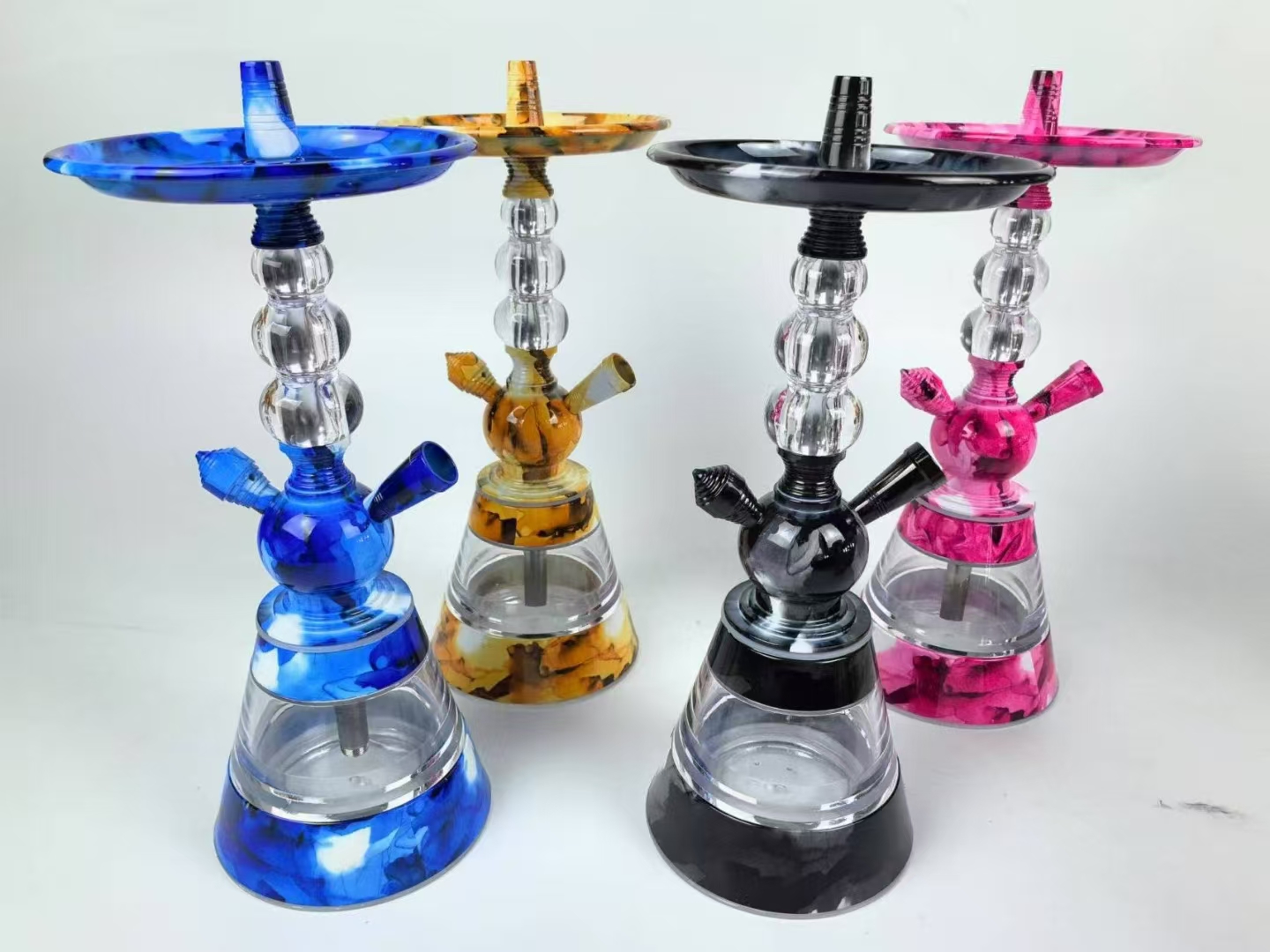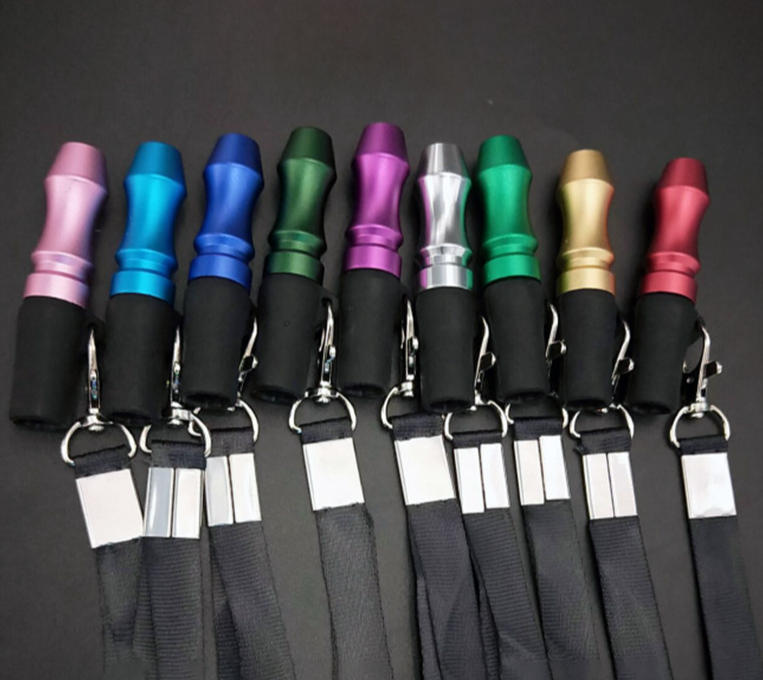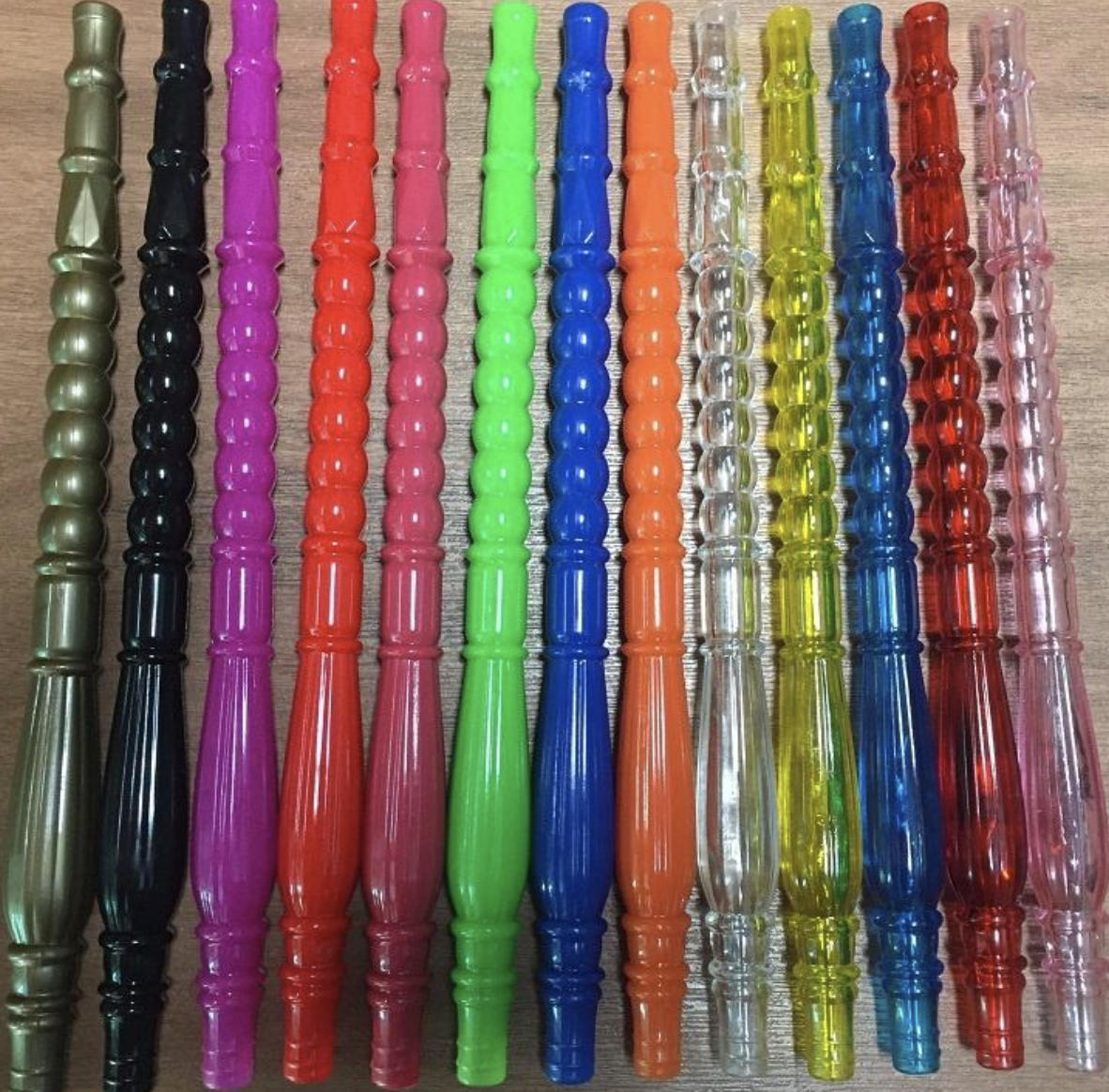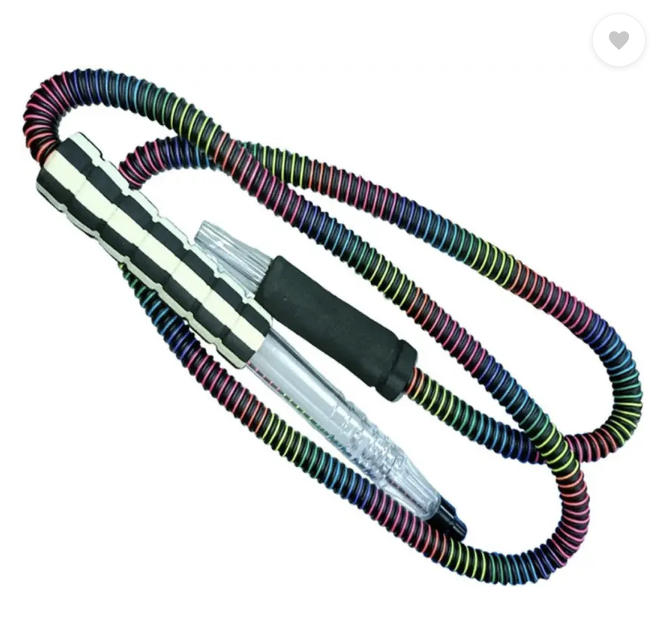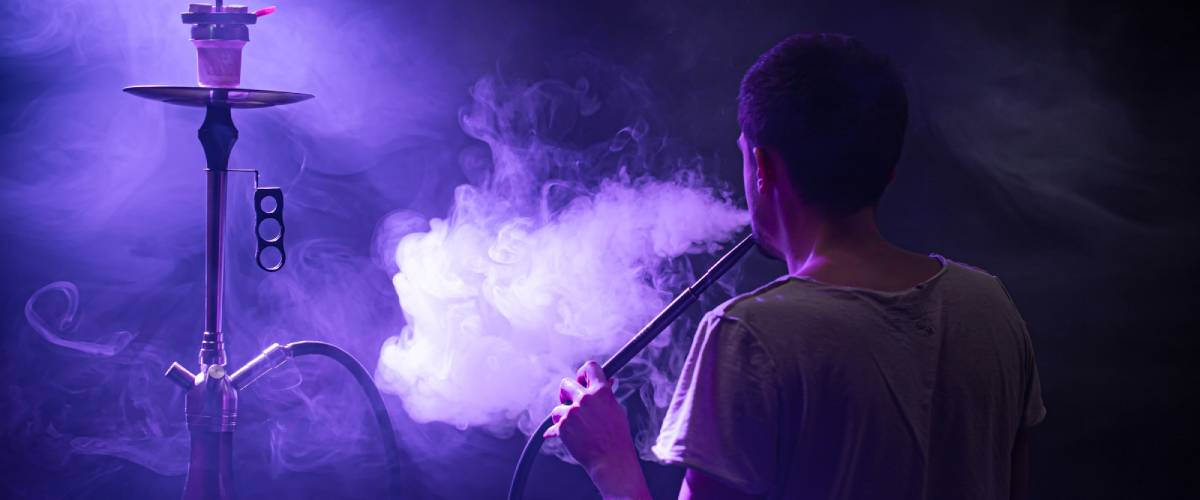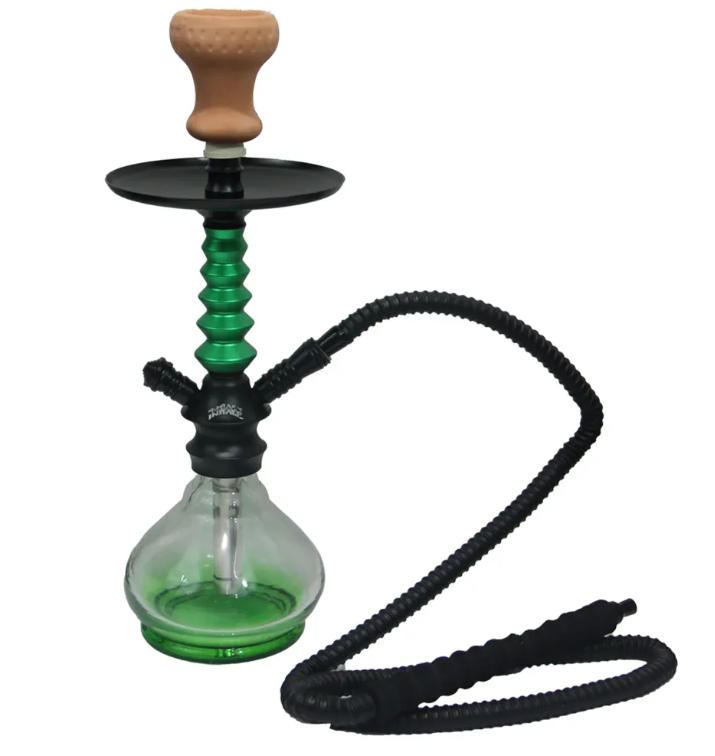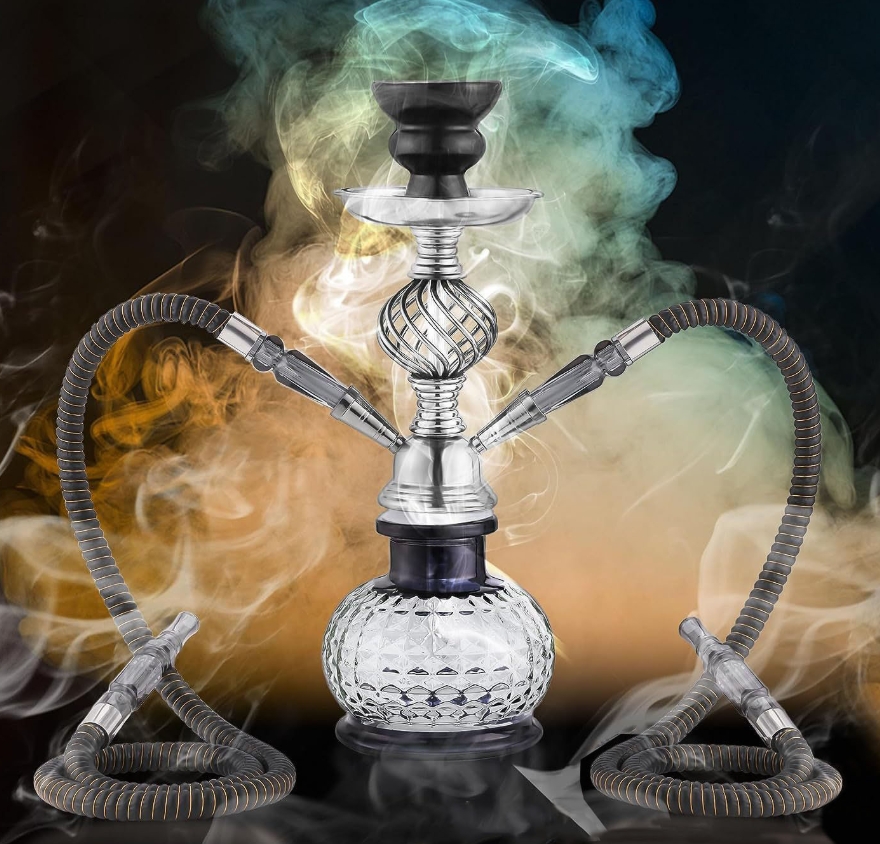What Is in Hookah Coals?
Introduction
Hookah smoking, a centuries-old tradition, has gained popularity worldwide for its social appeal and flavorful experience. Whether you're visiting a hookah lounge near me or setting up a hookah at home, one critical component often overlooked is the hookah coal. These small but essential items provide the heat needed to vaporize hookah tobacco and create the signature clouds of smoke. But have you ever wondered, what is in hookah coals? Understanding their composition is key to ensuring a safe and enjoyable hookah experience. In this article, we’ll explore the makeup of hookah coals, their types, safety considerations, and actionable tips for choosing the best ones, all while adhering to SEO best practices and EEAT principles.
What Are Hookah Coals?
Hookah coals are the heat source used in a hookah pipe to heat the shisha or hookah tobacco. Unlike traditional smoking methods, hookahs rely on coals to indirectly heat the tobacco, producing vapor rather than combustion smoke. This process enhances the flavor and reduces some harmful byproducts, but the quality and composition of the coals significantly impact the experience.
As someone who has worked in hookah wholesale, I’ve seen firsthand how the choice of coals can make or break a session. For example, during a visit to a popular hookah lounge in Houston, I noticed customers complaining about harsh smoke from low-quality coals. This experience underscored the importance of understanding what’s in a hookah coal to ensure a smooth, enjoyable session.
For further reading on the history and mechanics of hookah, check out The Spruce Eats’ guide to hookah smoking.
Ingredients in Hookah Coals
So, what is in hookah coals? The composition varies depending on the type, but most coals fall into two categories: natural and quick-light. Here’s a breakdown of their ingredients:
Natural Hookah Coals
-
Coconut Shells: The most common material for high-quality natural coals, such as coconut hookah coals. These are made from compressed coconut shell charcoal, offering a clean burn with minimal ash. According to a 2023 study by the World Health Organization, coconut-based coals produce fewer harmful emissions compared to other types.
-
Wood-Based Charcoal: Some natural coals are made from bamboo or other hardwoods. These are less common but still effective, though they may produce more ash.
-
Binders: Natural coals often use natural binders like starch to hold the charcoal together. These are generally food-grade and safe for use.
Quick-Light Hookah Coals
-
Charcoal Powder: Quick-light coals are made from compressed charcoal dust, often sourced from wood or coal byproducts.
-
Chemical Accelerants: These coals contain chemicals like potassium nitrate or sulfur to ignite quickly when exposed to a flame. While convenient, these additives can release harmful fumes if not fully burned off before use.
-
Binders and Fillers: Quick-light coals may include synthetic binders to maintain their shape, which can affect the flavor of the hookah shisha.
When I worked with a hookah shop, we always recommended natural coals to customers for their cleaner taste and reduced health risks. For detailed insights into charcoal production, visit Charcoal Making 101 by EcoCharcoal.
Types of Hookah Coals
Understanding the types of hookah charcoal available helps you make informed choices. Here are the main options:
Coconut Shell Coals
-
Pros: Burn longer (up to 90 minutes), produce minimal ash, and have a neutral flavor that doesn’t interfere with the hookah flavor.
-
Cons: Require a hookah coal burner or stove to ignite, which can take 5-10 minutes.
-
Best For: Home users and hookah lounges seeking a premium experience.
Quick-Light Coals
-
Pros: Ignite within seconds using a lighter, making them convenient for beginners or portable setups.
-
Cons: Chemical additives can produce an unpleasant taste and potentially harmful fumes if not handled properly.
-
Best For: Occasional users or those without access to a coal burner.
Bamboo or Wood-Based Coals
-
Pros: Eco-friendly and sustainable, with a decent burn time (around 60 minutes).
-
Cons: May produce more ash and require careful heat management to avoid burning the shisha.
-
Best For: Environmentally conscious users experimenting with different coal types.
For a deeper dive into coal types, check out Hookah.org’s guide to choosing hookah coals.
How to Choose Safe Hookah Coals
Selecting the right coals is crucial for both flavor and safety. Here are actionable tips based on my experience in hookah wholesale and insights from industry experts:
-
Opt for Natural Coals: Choose coconut or bamboo-based coals to minimize chemical exposure. Brands like CocoNara and Titanium are trusted for their purity.
-
Check for Certifications: Look for coals that meet food-grade or safety standards. Reputable brands often list their ingredients and certifications on packaging.
-
Avoid Overheating: Use a hookah heat management device, like the Kaloud Lotus, to regulate heat and prevent burning the shisha. This ensures a cleaner taste and reduces harmful byproducts.
-
Test Burn Quick-Light Coals: If using quick-light coals, let them burn fully until the surface is covered in ash to minimize chemical fumes.
-
Store Properly: Keep coals in a dry, airtight container to prevent moisture absorption, which can affect burn quality.
In my time supplying hookah shops near me, I found that customers who followed these tips reported better sessions and fewer health complaints. For more on safe hookah practices, refer to CDC’s hookah smoking facts.
Health Considerations of Hookah Coals
While hookah smoking is often perceived as less harmful than cigarettes, the coals themselves pose health risks if not chosen wisely. Here’s what you need to know about what’s in hookah coals and their impact:
-
Carbon Monoxide: All burning coals produce carbon monoxide, which can cause dizziness or headaches if used in poorly ventilated areas. A 2022 study by the American Lung Association found that hookah sessions can expose users to higher carbon monoxide levels than cigarette smoking.
-
Chemical Fumes: Quick-light coals release volatile organic compounds (VOCs) from accelerants, which may irritate the lungs or cause nausea. Natural coals significantly reduce this risk.
-
Ash and Particulates: Low-quality coals produce more ash, which can be inhaled and irritate the respiratory system.
Actionable Health Tips
-
Ventilation: Always smoke in a well-ventilated area, whether at a hookah bar or home.
-
Limit Session Time: Keep sessions under 45 minutes to reduce exposure to carbon monoxide and other byproducts.
-
Use High-Quality Coals: Stick to natural coals to minimize harmful emissions.
-
Clean Your Hookah: Regularly clean your hookah pipe to prevent residue buildup, which can affect air quality.
For additional health information, see WHO’s hookah smoking advisory.
Conclusion
Understanding what is in hookah coals empowers you to make informed choices for a safer and more enjoyable hookah experience. Natural coals, made from coconut shells or wood, offer a cleaner burn and better flavor compared to quick-light coals, which contain chemical accelerants. By choosing high-quality coals, using proper heat management, and smoking in a well-ventilated space, you can enhance your sessions while minimizing health risks. Whether you’re a seasoned enthusiast or a beginner exploring hookah for sale, prioritizing coal quality is a game-changer.
Ready to elevate your hookah game? Visit your local hookah store or trusted online retailers like Hookah-Shisha.com to stock up on premium coals and accessories. Happy smoking!
